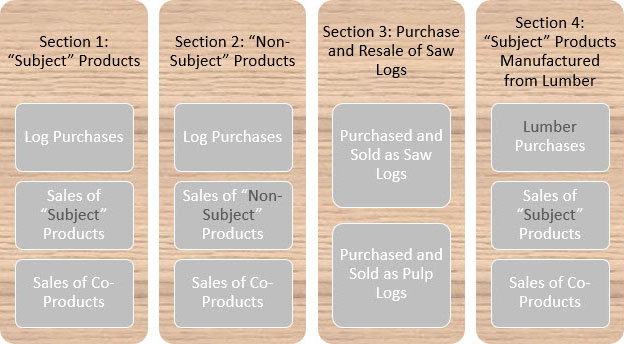Classification of the Economic Territory of Canada (CETC) 2011 - Background information
Status
This standard was approved as a departmental standard on February 21, 2011.
| Term | Definition |
|---|---|
| Economic territory | Economic territory is the area under the effective control of a single government or international organization. The economic territory of a country includes the land area, airspace, territorial waters and islands of that country as well as jurisdiction over fishing rights and rights to fuels or minerals whether on land or below the seabed. It also includes the country's territorial enclaves abroad. It excludes the territorial enclaves of foreign countries and international organizations in that country. The economic territory of a country includes free trade zones and offshore financial centres under the control of the government of that country even though different regulatory and tax regimes may apply. |
| Territorial enclaves | Territorial enclaves are clearly demarcated areas located outside a particular country that are owned or rented by the government of that country for diplomatic, military, scientific, or other purposes with the formal agreement of governments of the country where the areas are physically located. Territorial enclaves can also be owned or rented by international organizations. The territorial enclave of a country or international organization is under the effective control of that country or international organization and may be granted immunity from the laws of the host country. Territorial enclaves include embassies, consulates, military bases, scientific stations, information or immigration offices, aid agency offices, and central bank representative offices with diplomatic immunity. |
Additional Information
The economic territory of an international organization consists of the territorial enclave or enclaves over which it has jurisdiction. These are excluded from the economic territory of Canada.
International merchandise trade statistics record goods that enter or leave the statistical territory, which is the territory with respect to which data is collected. For the international merchandise trade statistics of Canada, this statistical territory is analogous to the customs boundary. Within the System of National Accounts, trade statistics on goods is adjusted to approximate data for economic territory.
Conformity to relevant internationally recognized standards
The definition of economic territory conforms to the definition found in the System of National Accounts 2008Footnote 1. The definition of the System of National Accounts is also referenced by the Balance of Payments and International Investment Position Manual, Sixth Edition (BPM6) Footnote 2 and the International Merchandise Trade Statistics, Concepts and definitions 1998Footnote 3.
